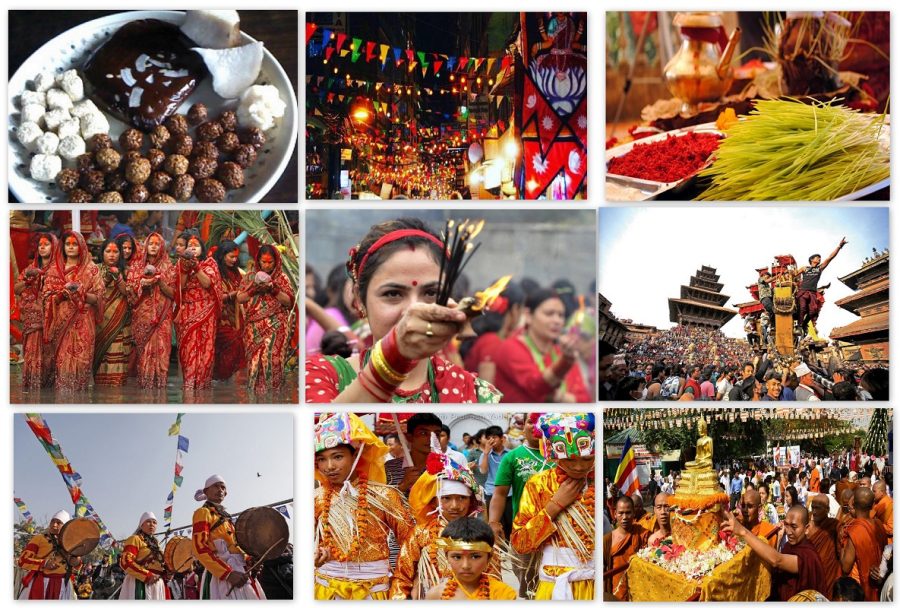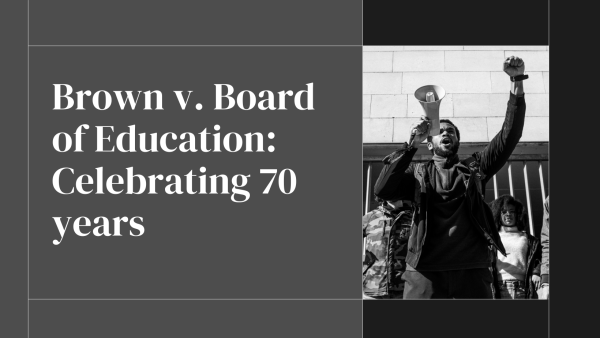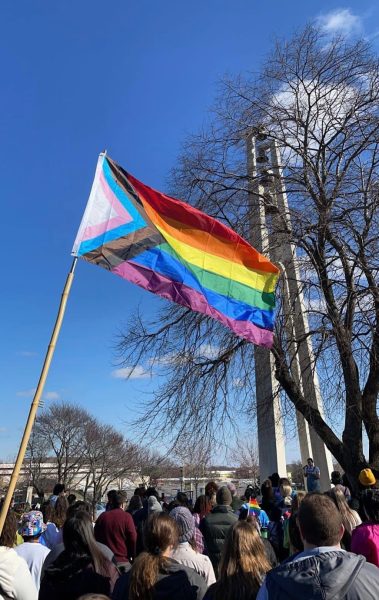Nepalese festivals brings people together
Nepalese people celebrate different festivals together. The festivals are celebrated with enormous energy and enthusiasm.
Nepal is a multicultural, multi-lingual, multi-ethnic and multi-religious country. It is known as the “Garden of Different Flowers” due to its diverse population, religions, languages and traditions.
Nepal is home to over 125 different ethnic groups, each with their own distinct cultural practices and traditions. As a result, there are numerous festivals celebrated and cultural values offered, which contribute to the close relationship that all Nepalese people share.
Dashain is the biggest festival celebrated by people from all cultural backgrounds to share their joy, blessings and happiness while forgetting their pain and sorrow. It is celebrated for up to 15 days in late September or early October to worship the Goddess Durga.
During this festival, wherever individuals or families are, they all gather in the same place to exchange blessings. The eldest member of the family places the “tika” on the forehead of the younger family members and gives them blessings along with a sum of money known as “Dakshina” in Nepali. In addition, to celebrate this auspicious festival, we prepare some delectable Nepali cuisine.
Tihar is the second most important festival after Dashain. It is also known as the Festival of Lights. It occurs in late October or early November and is celebrated for five days. This festival honors various animals and Hindu deities.
The first day of the celebration is named Kaag Tihar, and crows are worshiped by offering them food. On the second day which is called Kukur Puja, dogs are worshiped by placing tikas on their foreheads and garlands around their neck. Food is also offered. The third day is Gai puja or Laxmi puja. During this day cows are worshiped with garlands and painted with red colored power and fed. The day is dedicated to the goddess of wealth, Laxmi. People decorate their homes with “diyas” and candles to welcome the goddess by making the house bright.
The fourth day is Govardan Puja, in which oxen are worshiped in the same way that cows are. On the fifth and last day of Tihar is known as Vai tika, where sisters make a puja for their brothers hoping to bring a long, healthy and happy life. Then the sisters apply tika on their forehead and garlands, while brothers give gifts and money to their sister, symbolizing their close relationships. During the occasion, people play “deusi” and “vailo” by performing various dances and songs filled with happiness and excitement.
Teej is a festival celebrated by women in Nepal that takes place around September or October. This festival is held in honor of the goddess Parvati. During Teej, married women fast for the entire day for their spouse to have a long and healthy life. While unmarried women fast without water in order to find a good life mate. They go to the temple in the morning to worship Lord Shiva and spend the entire day gathering in one place while dancing with joy and happiness until the end of the day. The married women adore their husbands and unmarried women worship Lord Shiva and break their fast.
Lhosar is a new year occasion celebrated by Buddhist communities of Nepal. There are various castes such as Tamang, Gurung and Sherpa. It takes place for 15 days, like Dashain. Lhosar happens at the end of December. People pray to Lord Buddha for peace and happiness during the festival. During the occasion, people visit relatives’ houses or go on outings, receive blessings from elder members of the family as well as enjoy various types of delicious food with joy. Lhosar is celebrated by dancing, singing, playing games and participating in a variety of other activities.
Though Nepalese people come from various cultural backgrounds, ethnic groups and religions, when it comes to festivals and religious occasions, everyone comes together to celebrate with peace and love. Nepalese share their happiness, sorrow, greetings and prayers with no discrimination while celebrating it. As a result, all festivals are valued and celebrated wholeheartedly, with the same respect.
Edited by LeSha’ Davis and Simran Shrestha
Your donation will support the student journalists of Washburn University. Your contribution will allow us to purchase equipment and cover our annual website hosting costs.








